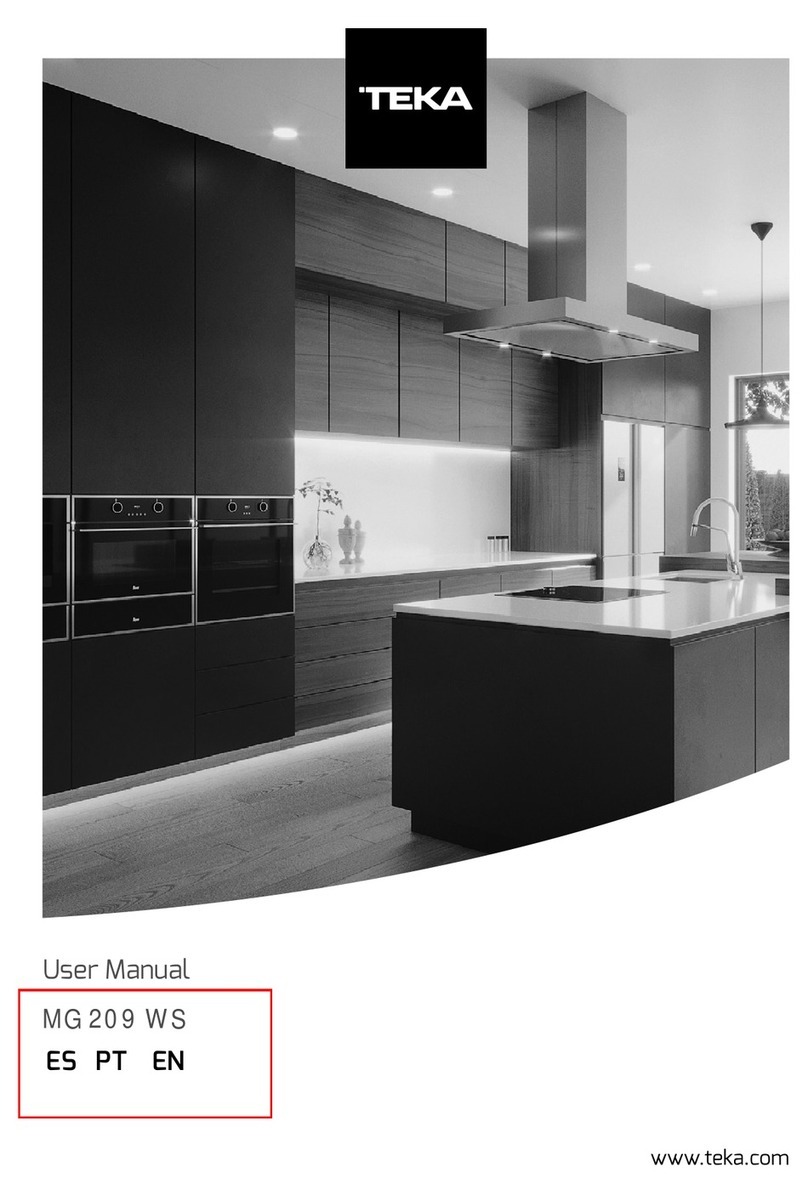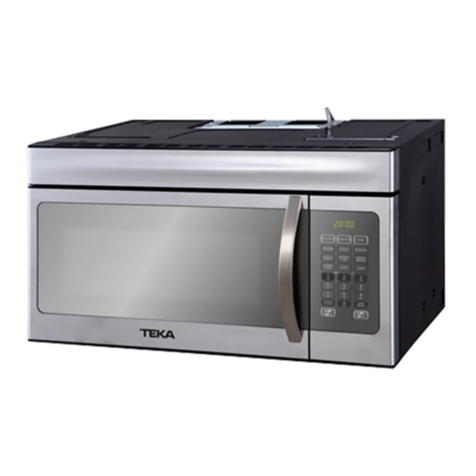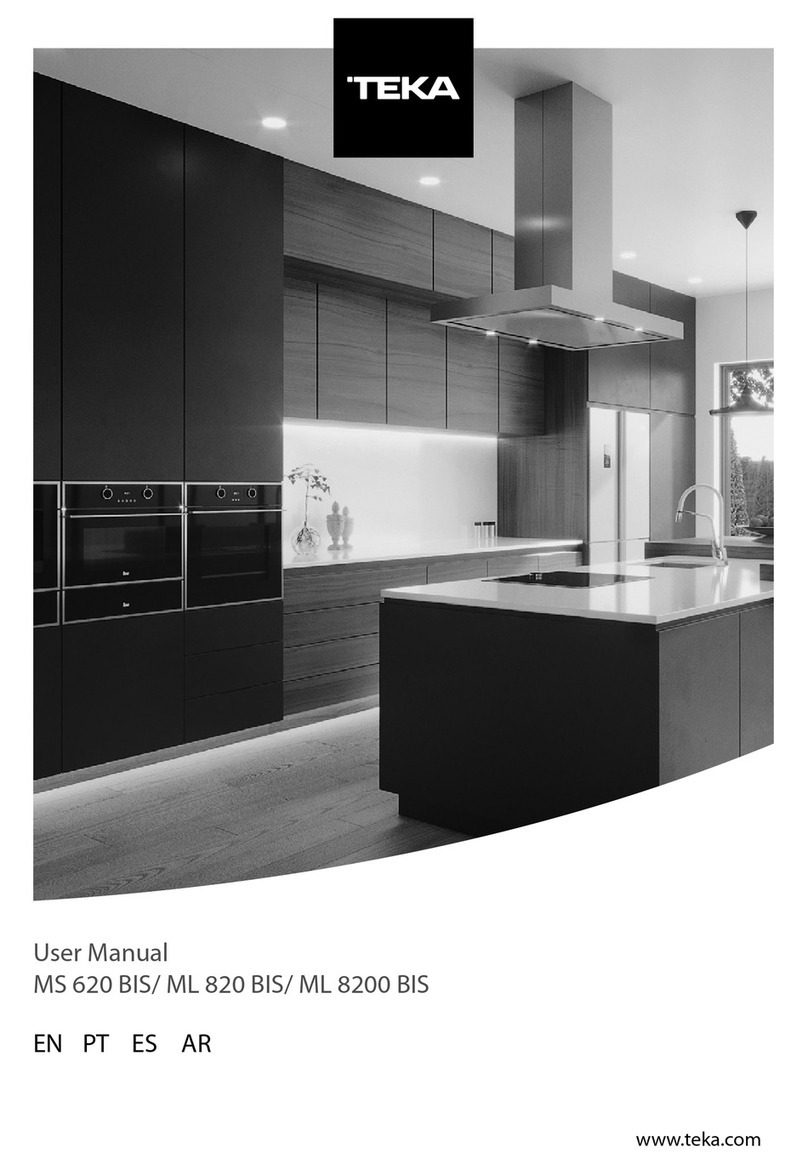Teka MS 620 BIS User manual
Other Teka Microwave Oven manuals

Teka
Teka MWX 45 BIS User manual
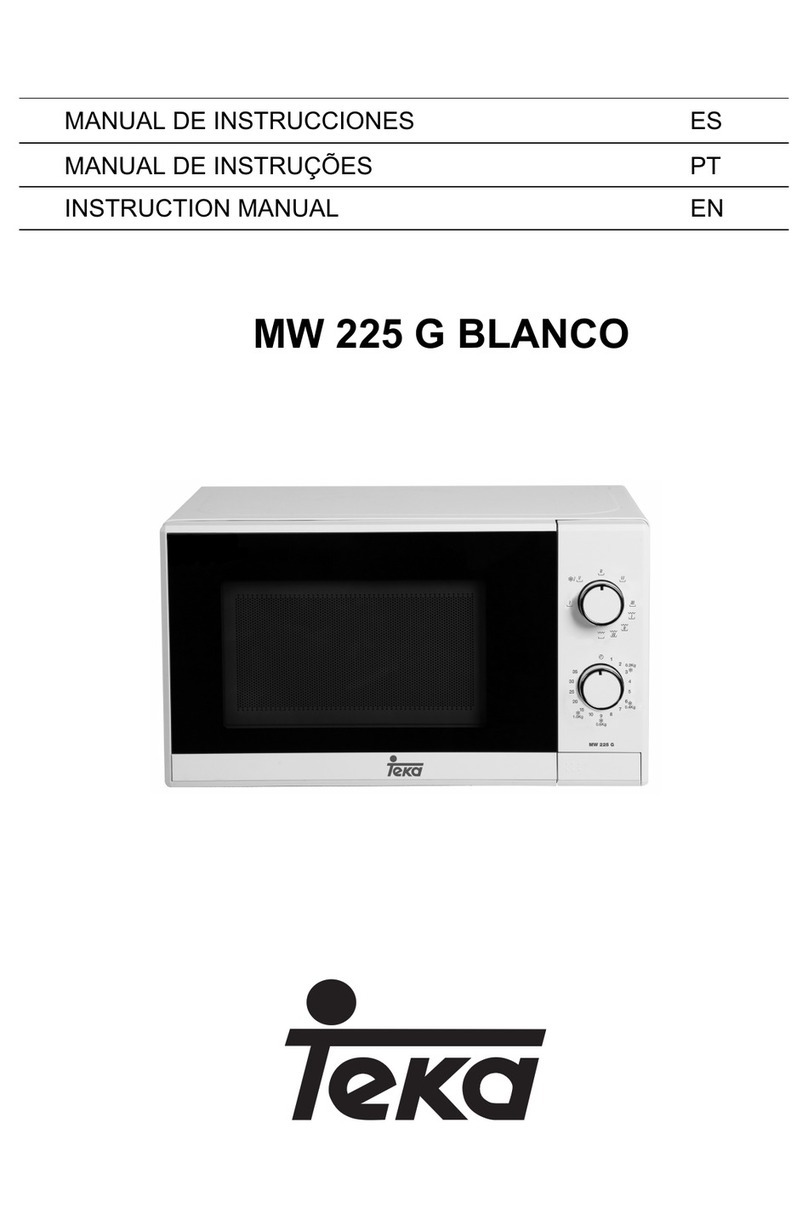
Teka
Teka MW 225 G BLANCO User manual
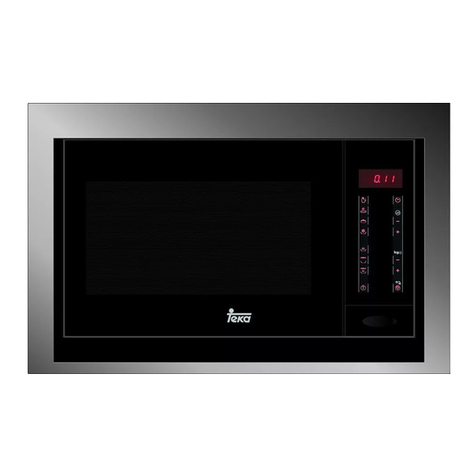
Teka
Teka MWL 20 BIT User manual
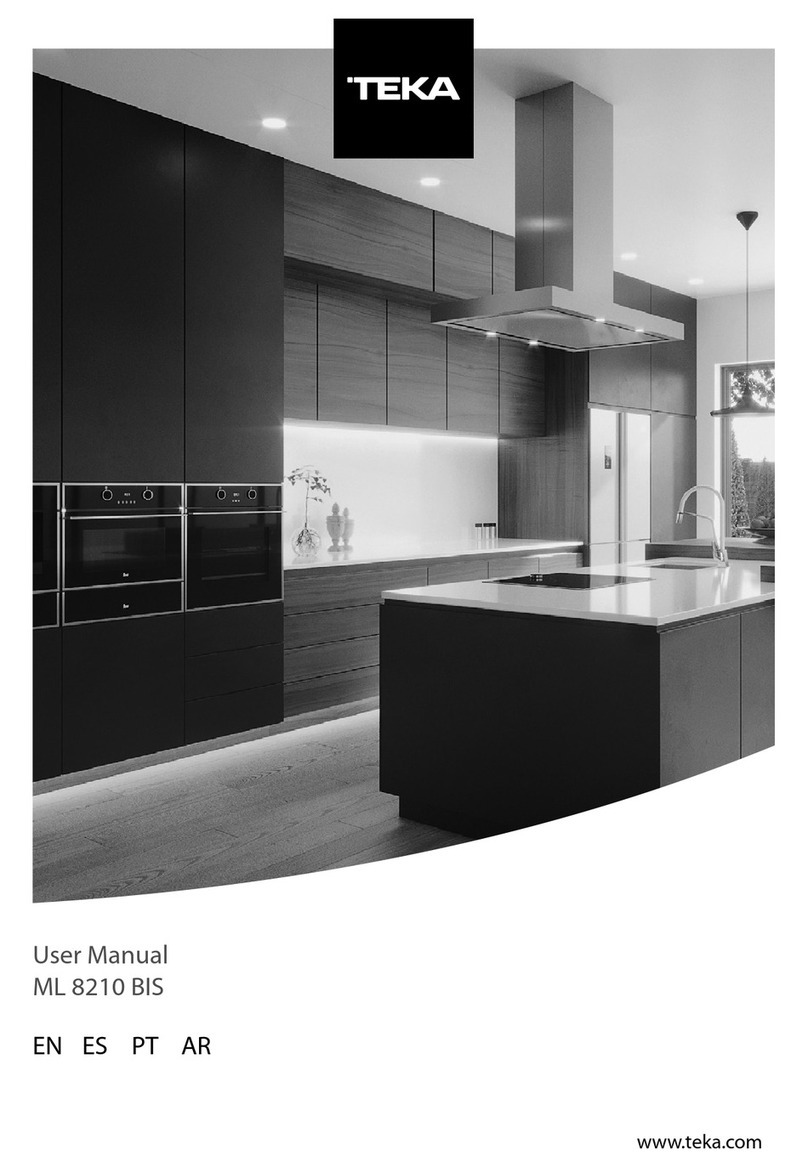
Teka
Teka ML 8210 BIS User manual
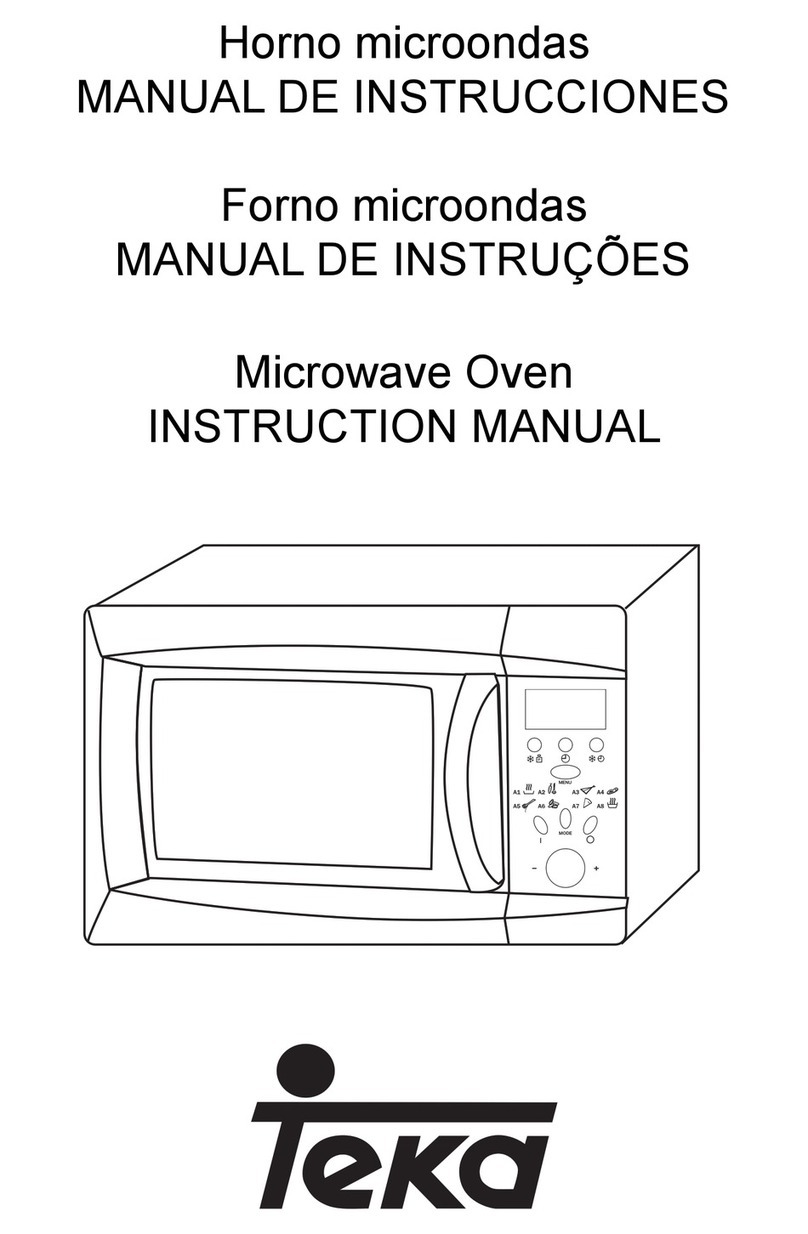
Teka
Teka MW 21 BFS User manual
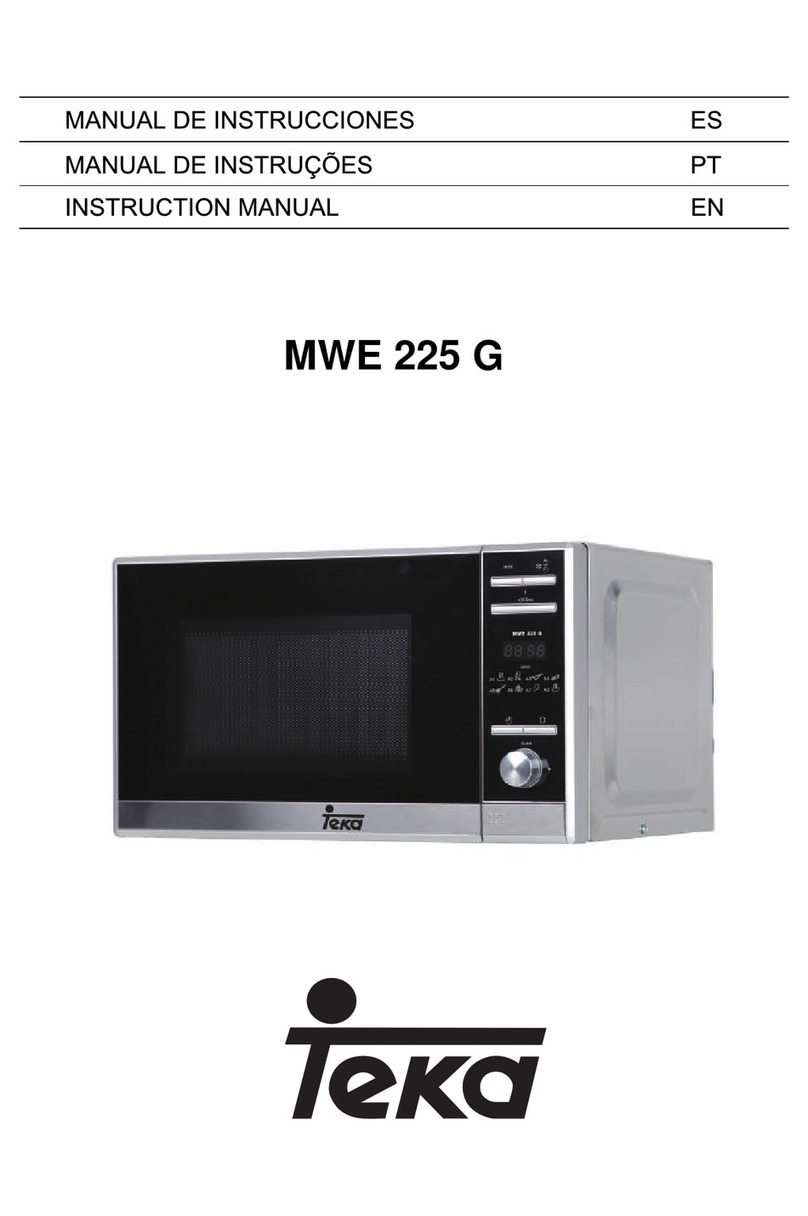
Teka
Teka MWE 225 G User manual

Teka
Teka MWE 225 FI User manual

Teka
Teka MWE 20 FI User manual

Teka
Teka MWE 202 FI User manual

Teka
Teka MW 225 BLANCO User manual
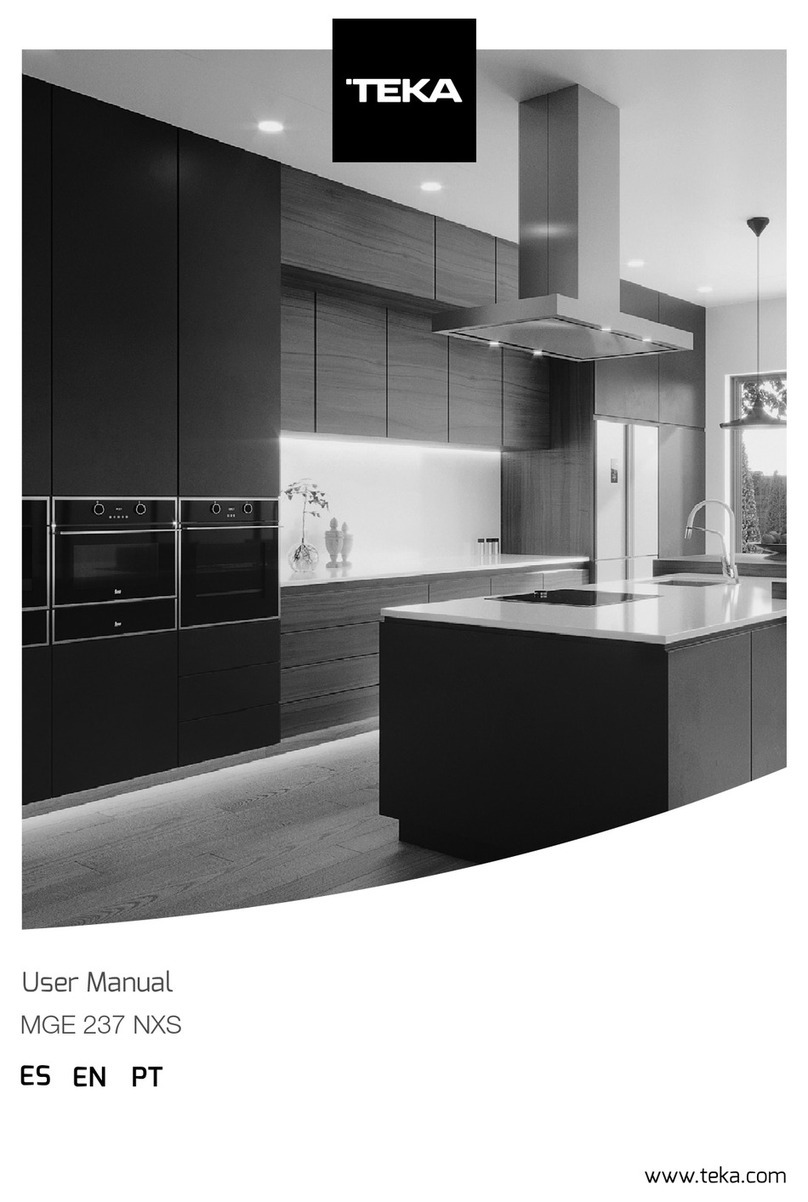
Teka
Teka MGE 237 NXS ES User manual

Teka
Teka MWE 208 FI User manual
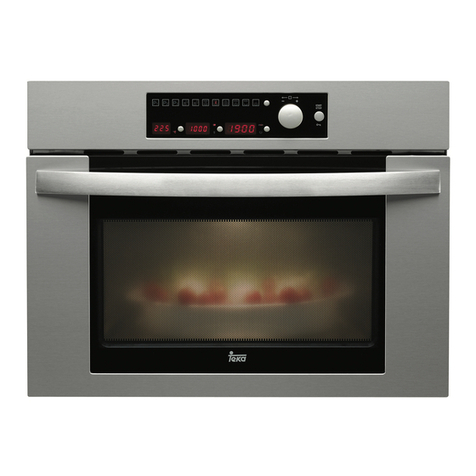
Teka
Teka MC 32 BIS User manual
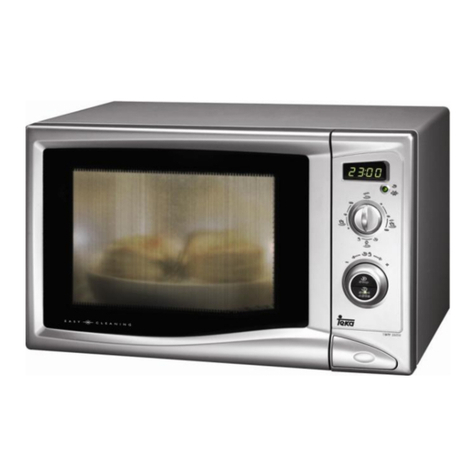
Teka
Teka TMW 18 HG User manual
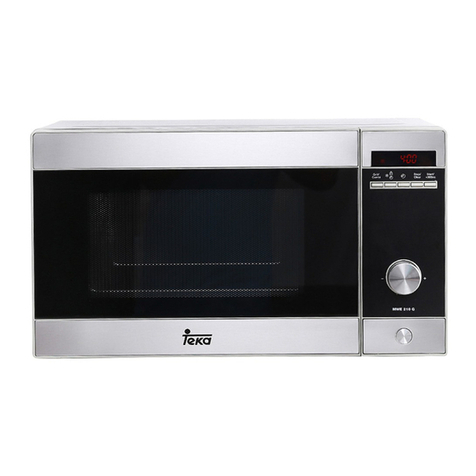
Teka
Teka MWE 210 G User manual

Teka
Teka MGE 209 NXS User manual
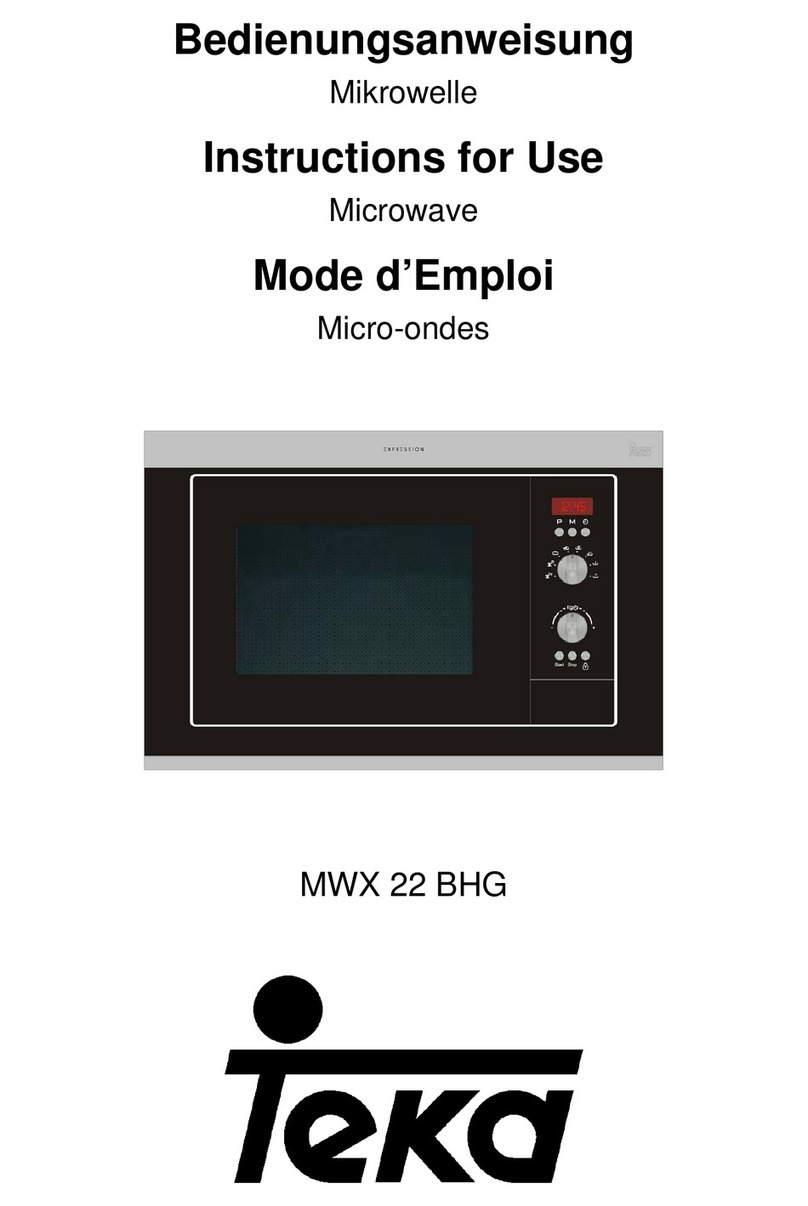
Teka
Teka MWX 22 BHG User manual

Teka
Teka MWE 255 FI User manual

Teka
Teka MWE 255 FI User manual

Teka
Teka MS 622 BI User manual
Popular Microwave Oven manuals by other brands

Conrad Electronic
Conrad Electronic 2372935 operating instructions

GE
GE Spacemaker JVM1440BH datasheet

DAEWOO ELECTRONICS
DAEWOO ELECTRONICS KOR-6L8K5S83 Operating instructions & cook book

DAEWOO ELECTRONICS
DAEWOO ELECTRONICS KOR-1N5A9S Operating instructions & cook book

Daewoo
Daewoo KQG-6617G Operating instructions & cook book

Samsung
Samsung M1779 Owner's instructions
